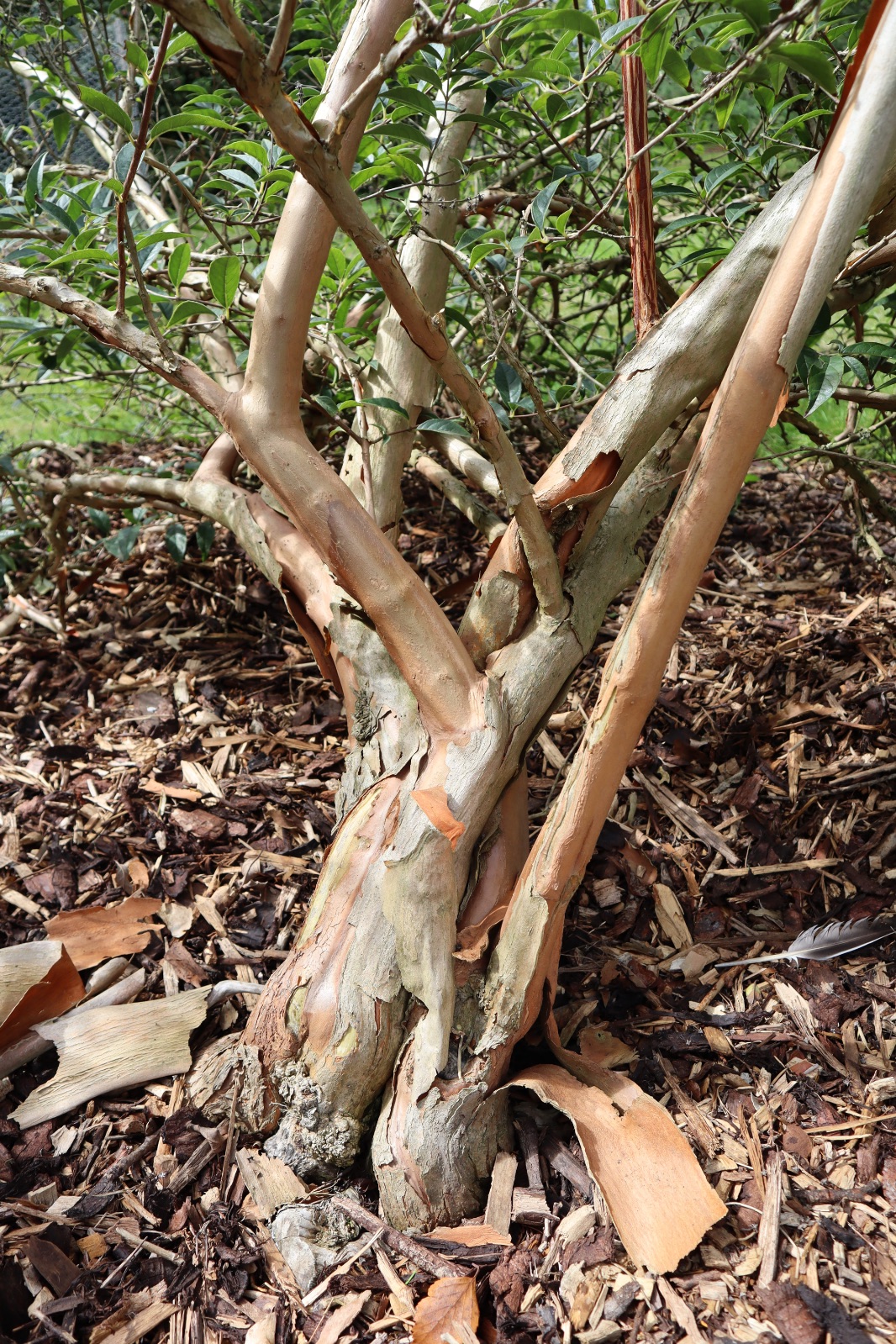Deutzia taiwanensis
Credits
Article from Bean's Trees and Shrubs Hardy in the British Isles
Recommended citation
'Deutzia taiwanensis' from the website Trees and Shrubs Online (treesandshrubsonline.
Genus
Synonyms
- D. crenata var. taiwanensis Maxim.
Other taxa in genus
- Deutzia amurensis
- Deutzia compacta
- Deutzia corymbosa
- Deutzia discolor
- Deutzia × elegantissima
- Deutzia glomeruliflora
- Deutzia gracilis
- Deutzia grandiflora
- Deutzia × hybrida
- Deutzia × lemoinei
- Deutzia longifolia
- Deutzia × magnifica
- Deutzia maximowicziana
- Deutzia mollis
- Deutzia monbeigii
- Deutzia pulchra
- Deutzia purpurascens
- Deutzia reflexa
- Deutzia rehderana
- Deutzia × rosea
- Deutzia rubens
- Deutzia scabra
- Deutzia schneiderana
- Deutzia setchuenensis
- Deutzia sieboldiana
- Deutzia staminea
- Deutzia vilmoriniae
- Deutzia wilsonii
A deciduous shrub up to 6 ft or more high; young shoots slender, starry downy. Leaves ovate-lanceolate to ovate, pointed, the larger ones rounded at the base, finely toothed, 2 to 4 in. long, 3⁄4 to 11⁄2 in. wide, upper surface furnished with three- or four-rayed scales, the lower surface with four- or five- (occasionally six-) rayed ones; stalk 1⁄8 to 1⁄4 in. long. Flowers white, borne in slender panicles 3 to 5 in. long, terminating leafy twigs; petals 3⁄8 in. long, 1⁄8 in. wide; calyx cup-shaped, very scaly, with triangular short teeth; stamens with two triangular teeth below the anthers.
Native of Formosa, where it was originally collected by Richard Oldham in 1864. W. R. Price found it again in 1912 but the plants in cultivation were raised from seed gathered by E. H. Wilson in 1918. It occurs up to 12,000 ft altitude, so should be hardy in most parts of the kingdom. The description given above was made from Oldham’s original specimen, but Price’s and Wilson’s dried specimens have much smaller stellate scales on the leaves. It has been confused with D. pulchra which has leaves greyer underneath, the scales many-rayed, and the leaf-margins often almost toothless. D. pulchra has also larger flowers, and is easily distinguished by the longer leaf-stalk and thicker leaves.
From the Supplement (Vol. V)
It is questionable whether this species was in fact introduced by Wilson, though he certainly collected specimens. Some plants distributed in the 1920s as D. taiwanensis are D. pulchra, which is much superior to the true D. taiwanensis.

